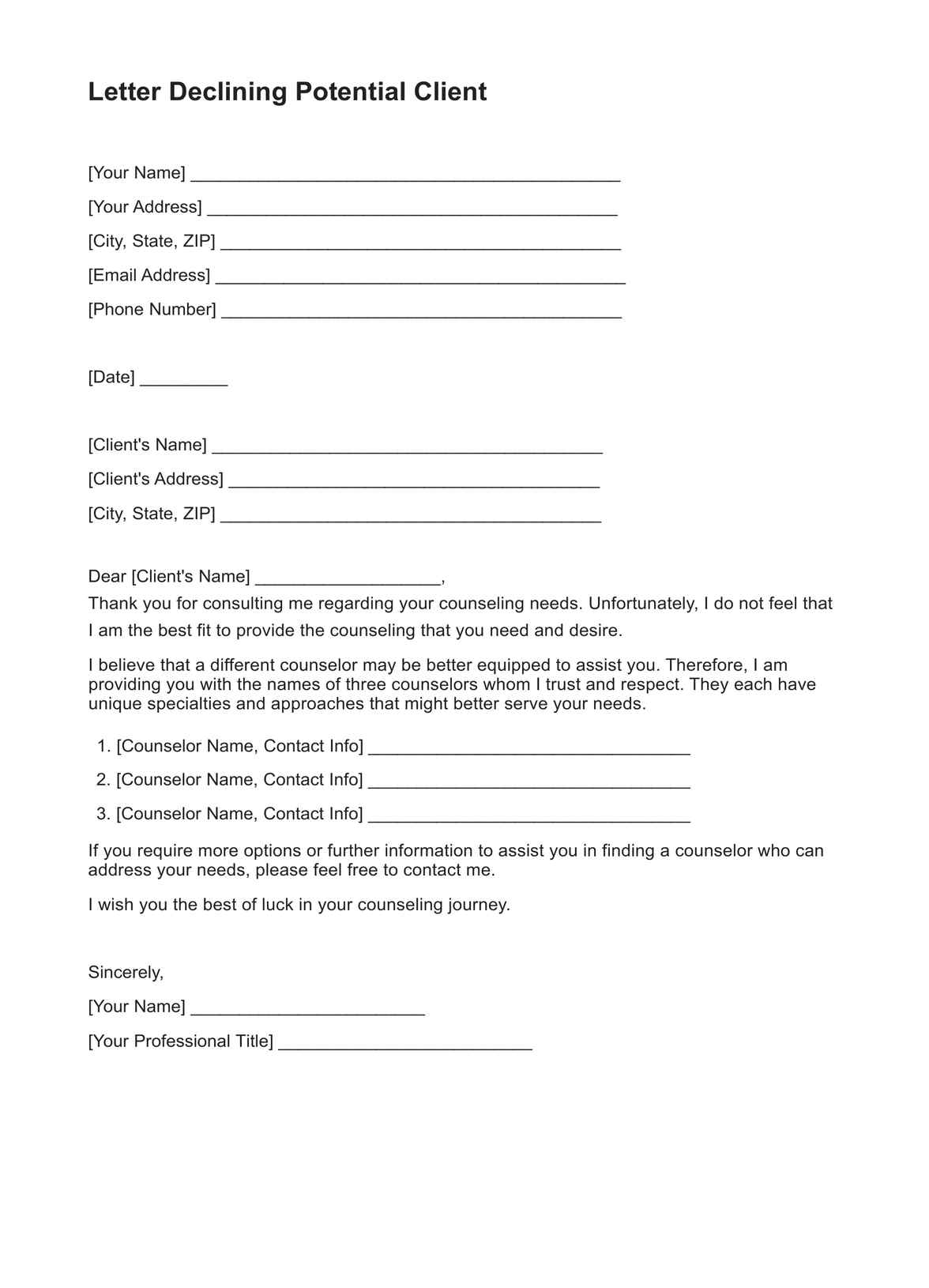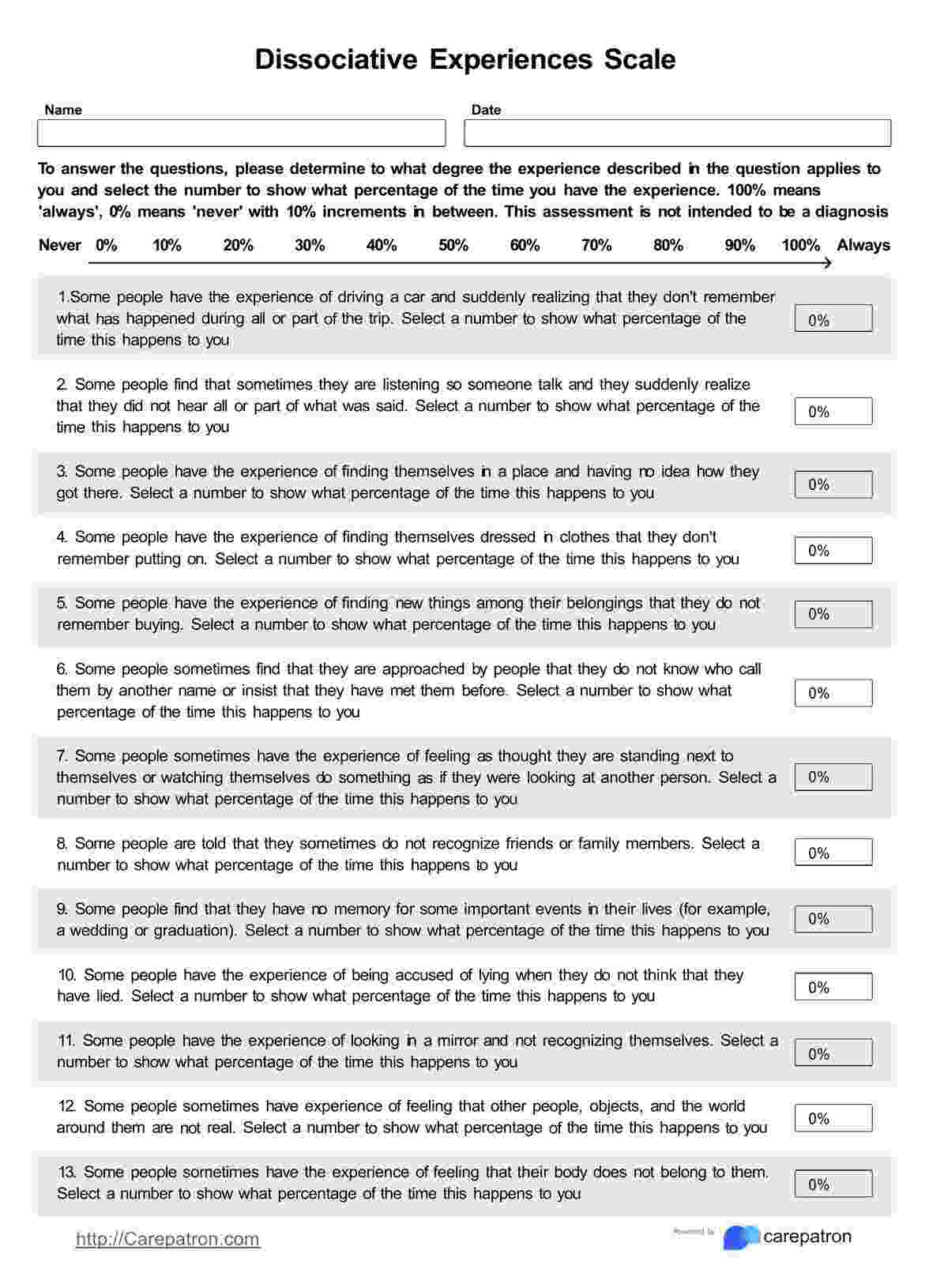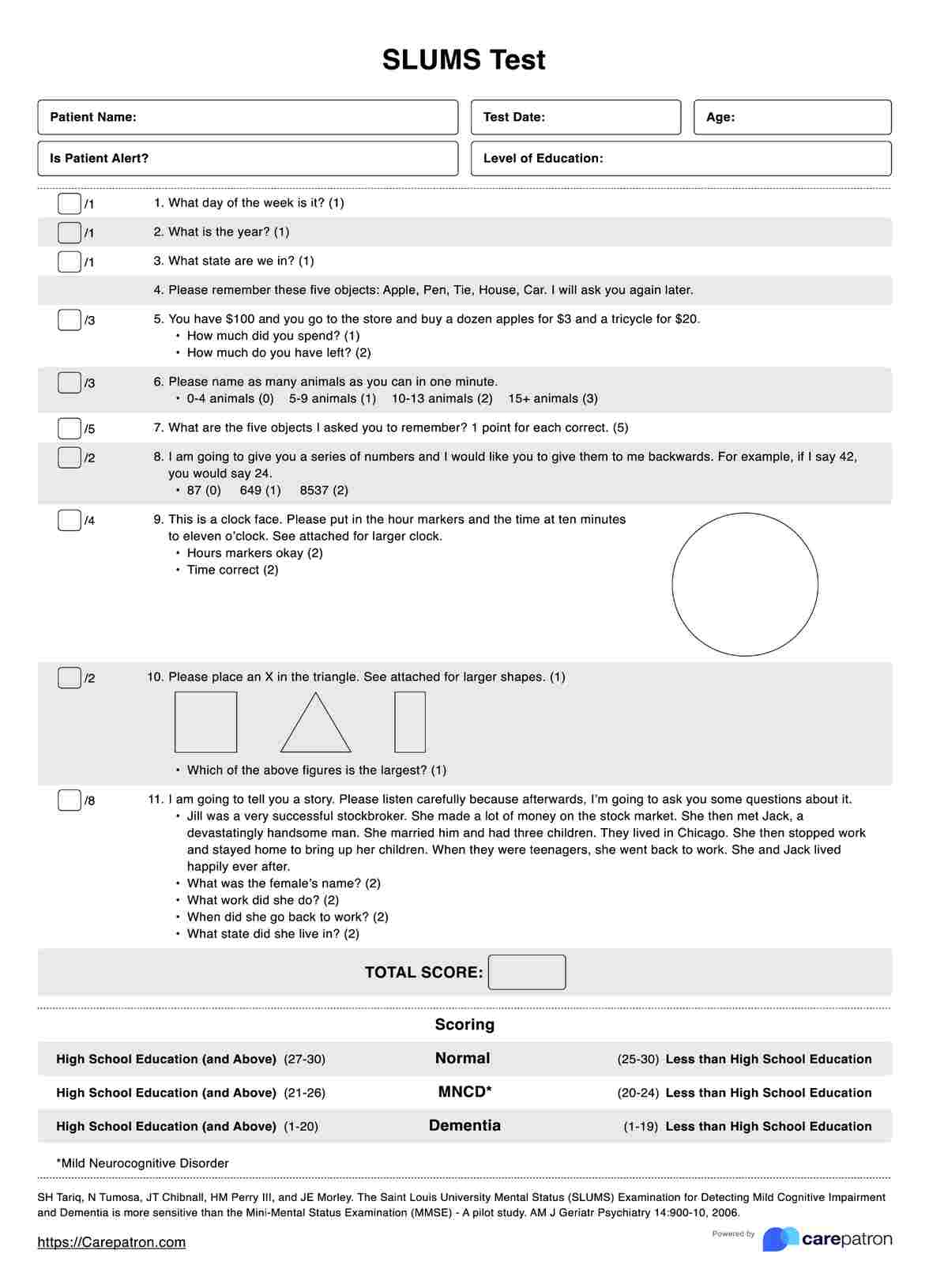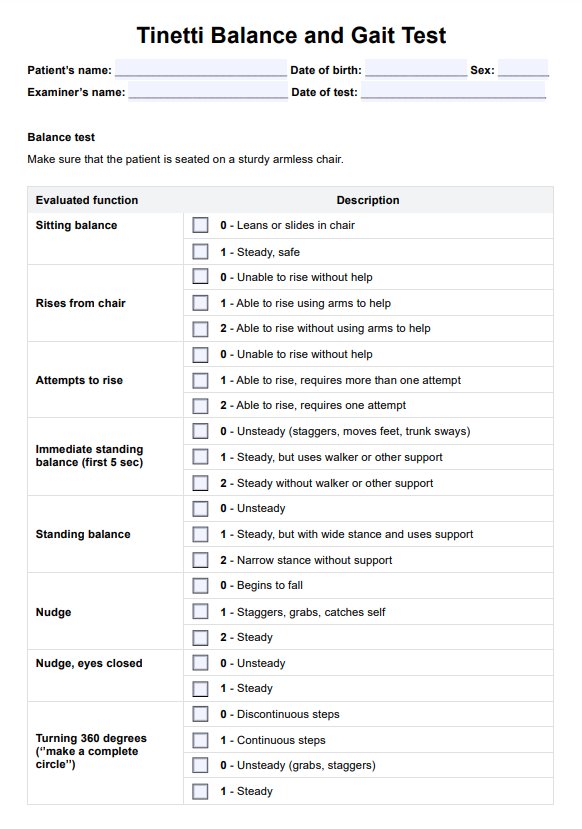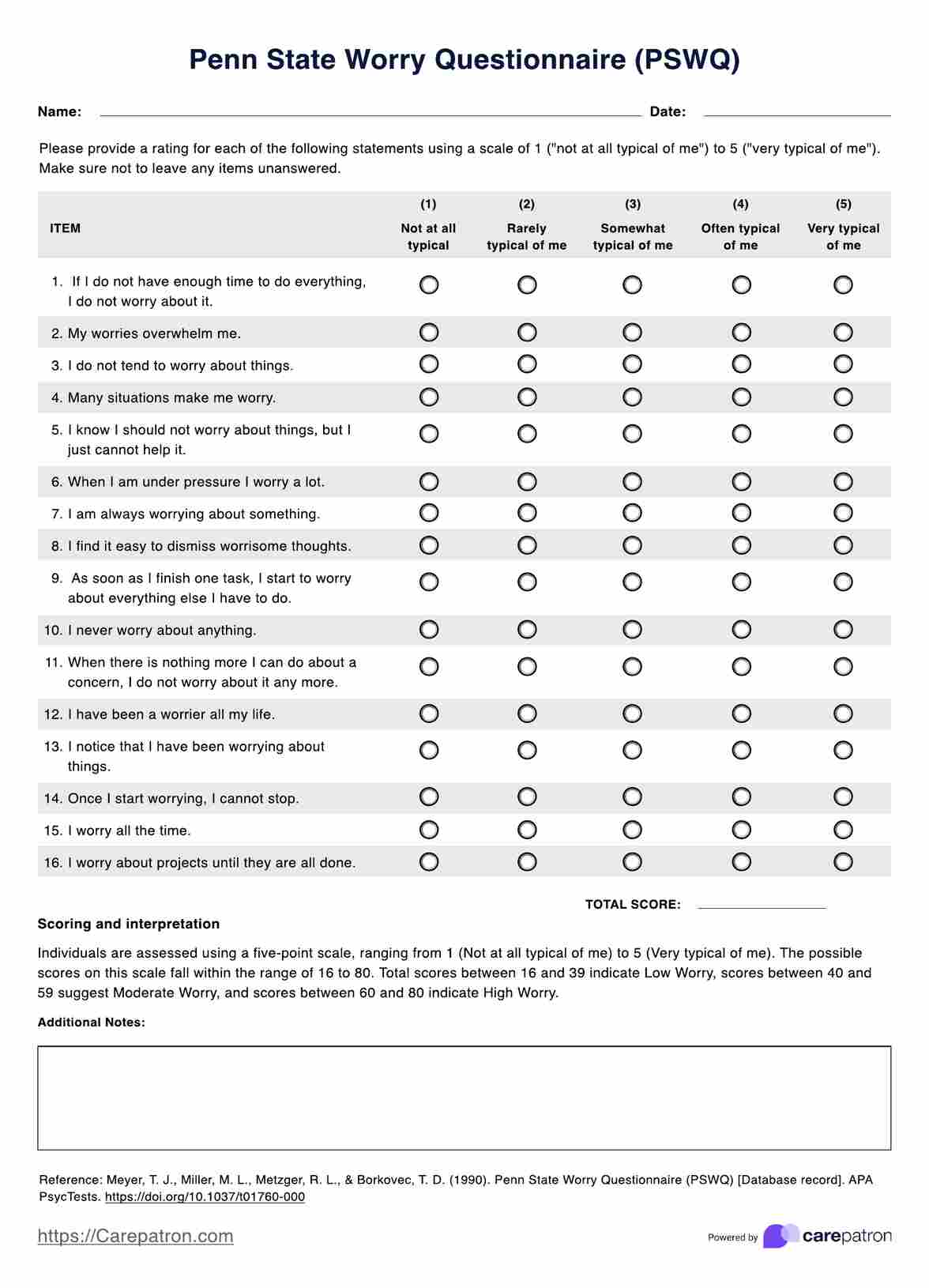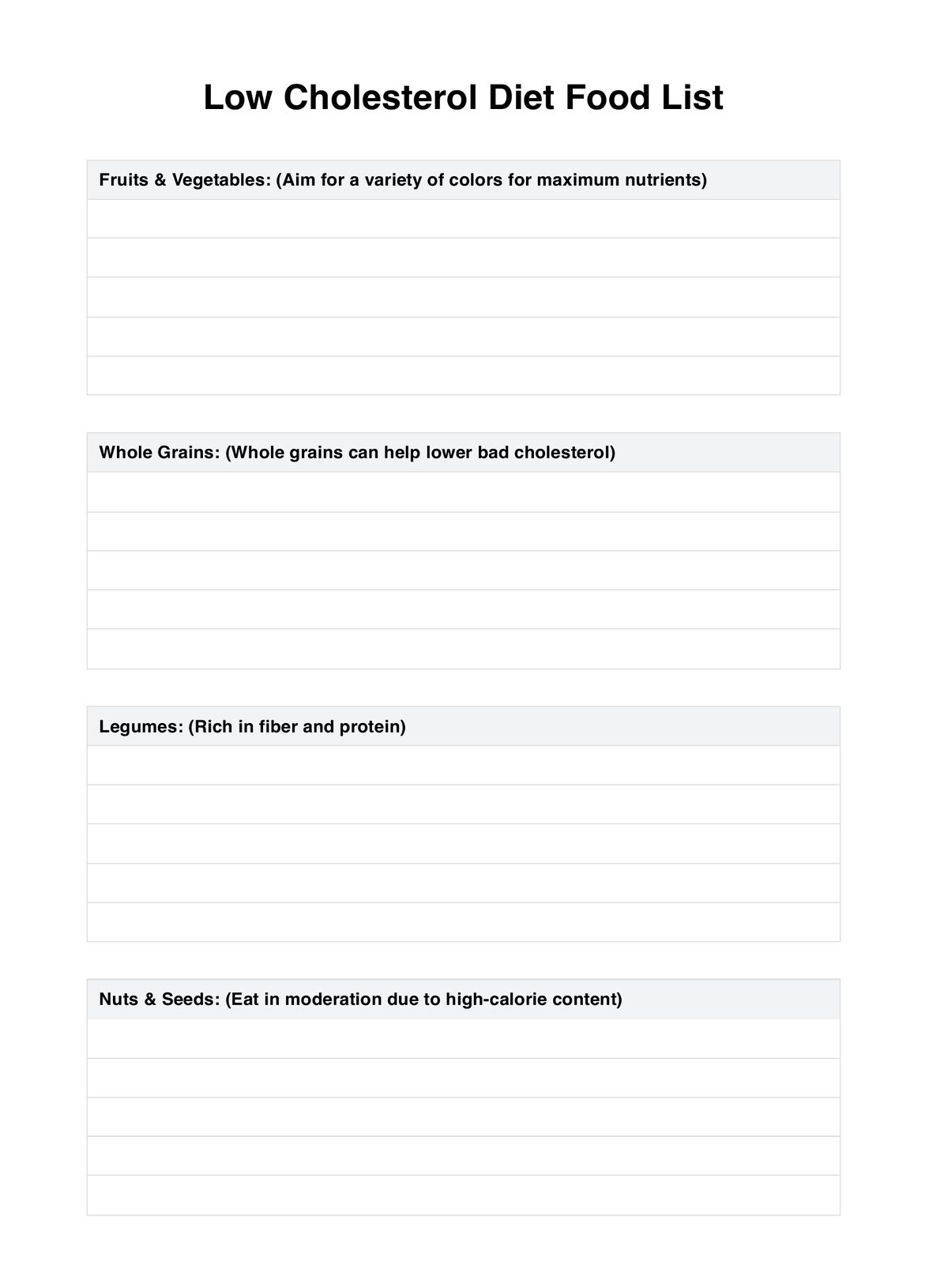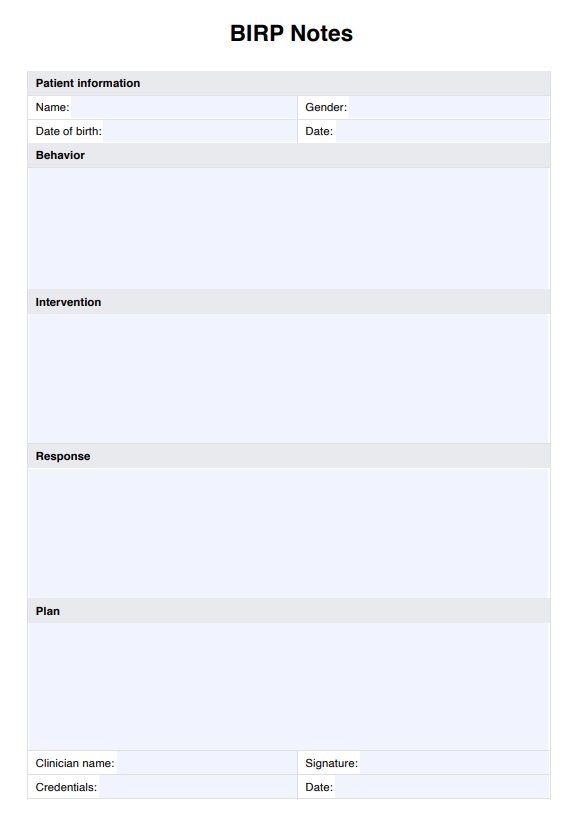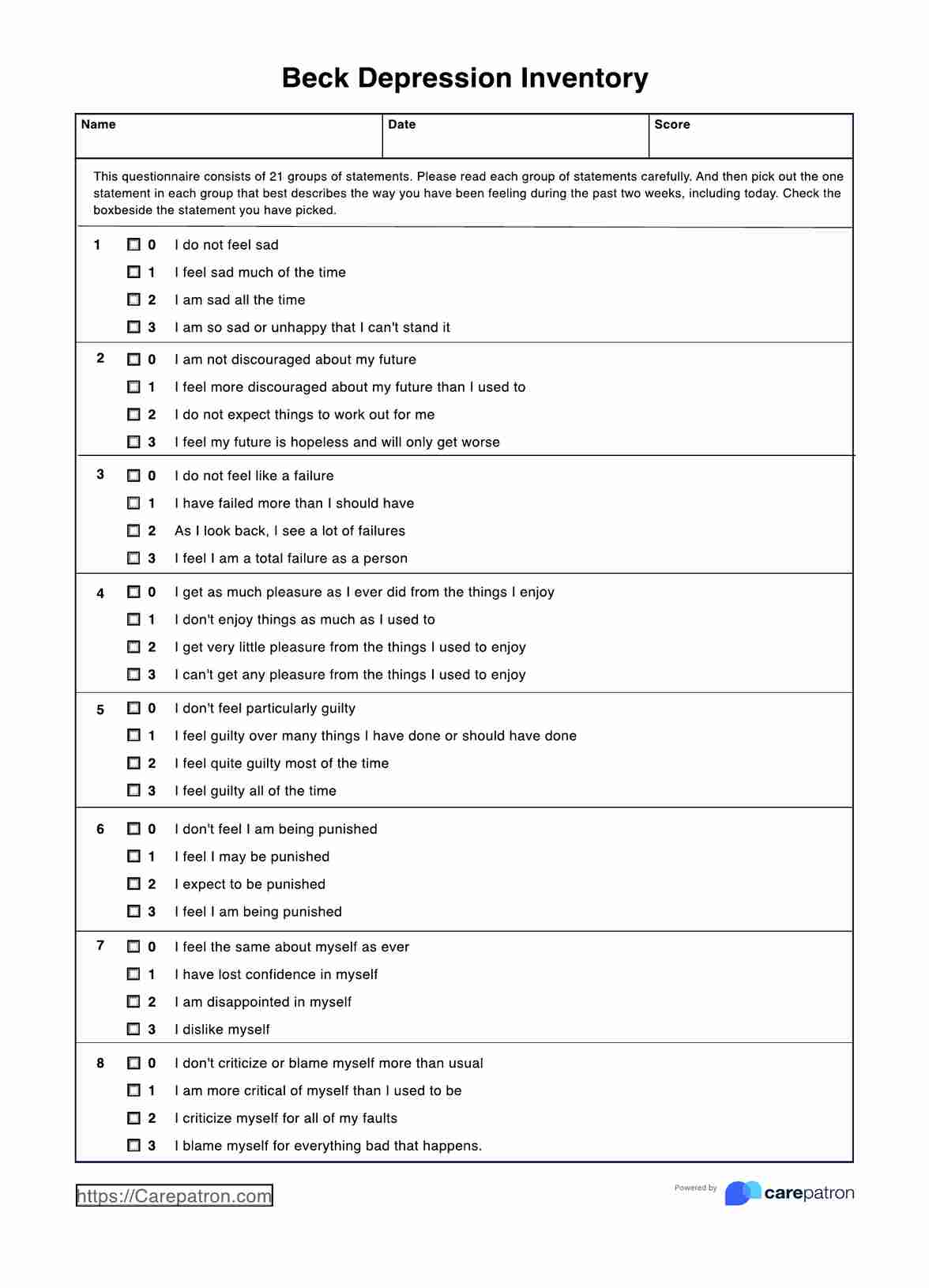Empty Can Test
Understand how to perform the Empty Can Test and why it is important. Download our free PDF guide for an example of how to do the test correctly.


What is an Empty Can Test?
Rotator cuff injuries affect the muscles and tendons that make up the shoulder joint. These injuries are more common in middle-aged adults, though any age can suffer from them. Common causes of rotator cuff injuries include repetitive overhead motions, such as throwing or lifting objects, a sudden fall onto an outstretched arm, or a direct blow to the shoulder.
Medical professionals often use the to diagnose a rotator cuff injury. Also known as the Jobe's Test, this assessment tool can provide insight into the strength of the patient's shoulder. It also helps clinicians identify which muscles and tendons may be affected by the injury and how severe it is.
In the Empty Can Test, the patient is asked to hold their arm out in front of them, with the elbow slightly bent and the thumb pointing up. Then, they are asked to turn their wrist so the palm faces outwards. From this position, they are asked to slowly raise the arm, keeping it in line with the shoulder. The clinician looks for any signs of pain or weakness during the test and will note any discrepancies in strength.
Empty Can Test Template
Empty Can Test Example
How does this Empty Can Test work?
Our free Empty Can Test template provides a comprehensive step-by-step guide on how to perform the assessment. You can follow these steps to get started:
Step One: Access the free form
Get a copy of the test using the link on this page. You can also download it from the Carepatron app or our handy resources library.
Step Two: Explain how the exam works
Discuss how the Empty Can Test with your patient. Ensure that they understand the purpose of the assessment and what you are looking for. Inform them you will watch for any signs of pain or weakness during the exam.
Step Three: Perform the test
Using the instructions on the template, conduct the Empty Can Test. Ask the patient to slowly raise their arm in front of them, keeping it in line with their shoulder. Take notes on any visible signs of pain or weakness.
Step Four: Assess results
Compare the strength in each arm and analyze your findings. You may need further assessment or treatment if a significant difference is present.
Step Five: Document findings
Record the results of the test on the template. This will help you track the patient's progress over time and provide a complete record of their care.
Empty Can Test Interpretation
The Empty Can Test can identify which muscles and tendons are affected by a rotator cuff injury. It looks for any signs of pain or weakness while the patient is performing the movement. If a weakness is present, it can indicate an injury, and further action may be required.
In most cases, rotator cuff injuries are treated with rest and physical therapy. But for more severe cases, surgical intervention may be necessary. The Empty Can Test can help you determine the extent of the injury and decide on the best course of action. However, it is important to note that this assessment tool should only be part of a comprehensive diagnostic plan.
When to use these Empty Can assessments?
The Empty Can Test is typically used to evaluate rotator cuff injuries. It can also help detect signs of pain and weakness, which may indicate an injury or other medical condition. Additionally, you can use this tool if or when:
You suspect that a patient is experiencing shoulder pain
When used as part of a comprehensive diagnostic plan, this test can help you determine if a patient is experiencing any signs of pain or weakness. You can identify potential injuries or other medical conditions requiring further evaluation.
You need to evaluate the extent of rotator cuff damage
The Empty Can Test can help you assess the severity of a rotator cuff injury. The test results can help you decide on the best course of action.
You are monitoring a patient's progress over time
By documenting the results of this assessment, you can track a patient's progress over time. You can use this information to gauge their improvement and outline the most suitable approach for their treatment.
Your patient is preparing to undergo surgical treatment
The Empty Can Test can help evaluate the patient's shoulder strength before surgical intervention. This will give you a better understanding of the extent of the injury and help you decide if surgery is necessary.
Who is this Empty Can Test PDF for?
This Empty Can Test template provides a step-by-step guide on how to conduct the test, making it suitable for:
- Physical therapists
- Physiotherapists
- Occupational therapists
- Sports medicine specialists
- Athletic trainers
- Sports coaches
- Family doctors
- Orthopedic surgeons
Additionally, you can use this guide in different clinical settings, including hospitals, outpatient clinics, and rehabilitation centers.
.png)
Benefits of these free Empty Can Test Templates
Our free Empty Can Test is designed to help you accurately assess a patient's rotator cuff injury. Here are some of the main benefits:
It provides step-by-step instructions
This template provides clear and concise instructions to help you accurately conduct the test. It's also easy to use, allowing you to perform the test and get results in minutes.
It's entirely digital
Our Empty Can Test template is entirely digital, so you can access it from any device. No need to print out any paperwork – simply download the PDF, and you're ready to go.
It is an integral part of a comprehensive diagnostic plan
By accurately assessing a patient's shoulder strength and range of motion, you can determine the severity of their injury and decide the best treatment approach. This test should always be combined with other assessments to get an accurate diagnosis.
It helps you evaluate the severity of the injury
The Empty Can Test can help evaluate the severity of a rotator cuff injury, which is useful for making treatment decisions. It also allows you to track a patient's progress over time and monitor their improvement.
Commonly asked questions
This assessment tool doesn't have a scoring system, as it's designed to detect signs of pain and weakness. It's up to the practitioner to evaluate the results and make a diagnosis.
The Empty Can Test helps assess shoulder strength and range of motion. It can help you identify potential injuries, determine the severity of the injury, and monitor progress over time. Additionally, it can provide useful information for outlining a treatment plan.
The Empty Can Test measures the shoulder's strength and range of motion. It can help detect pain, weakness, or other abnormal movements that could indicate an injury.


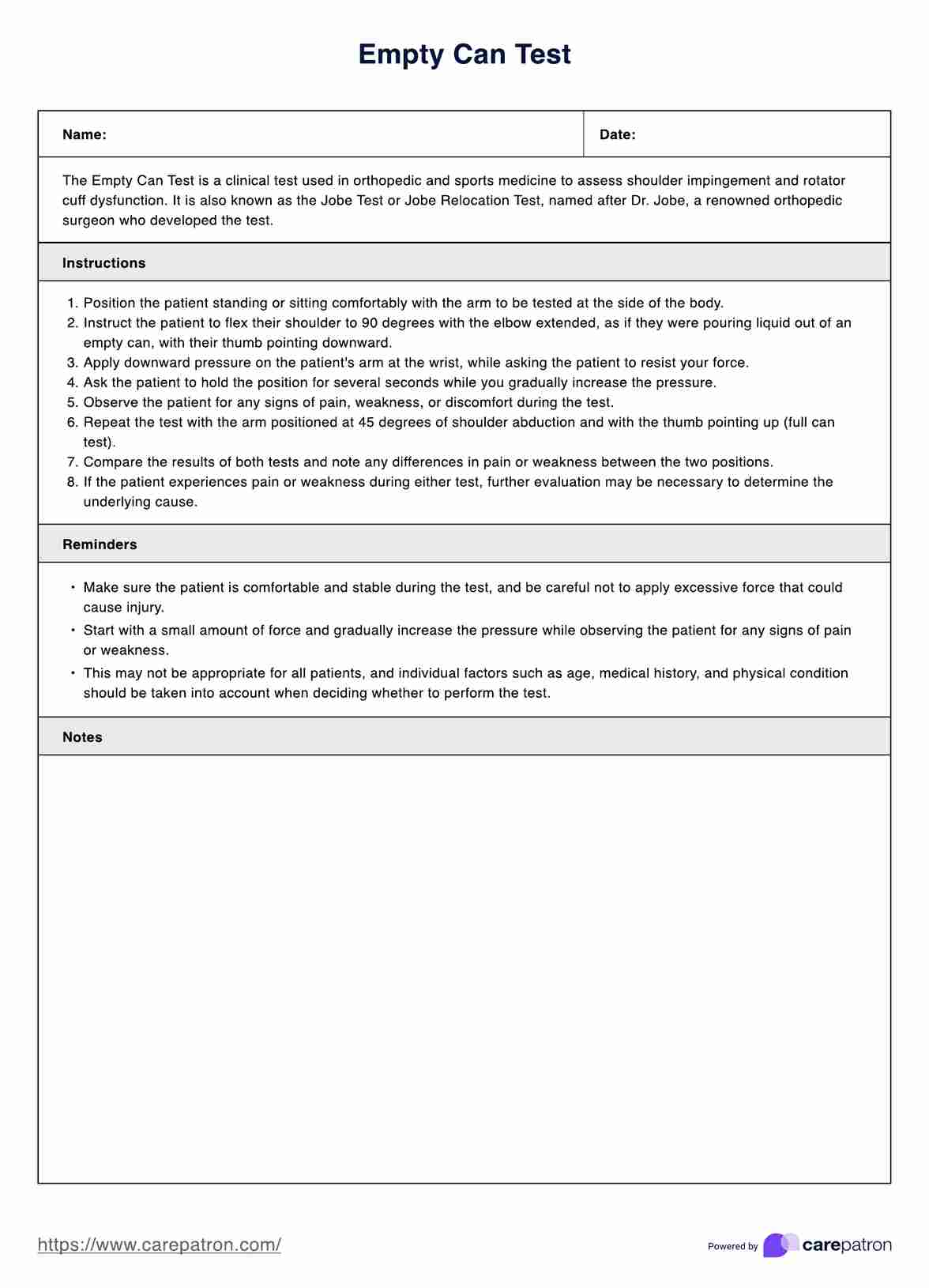
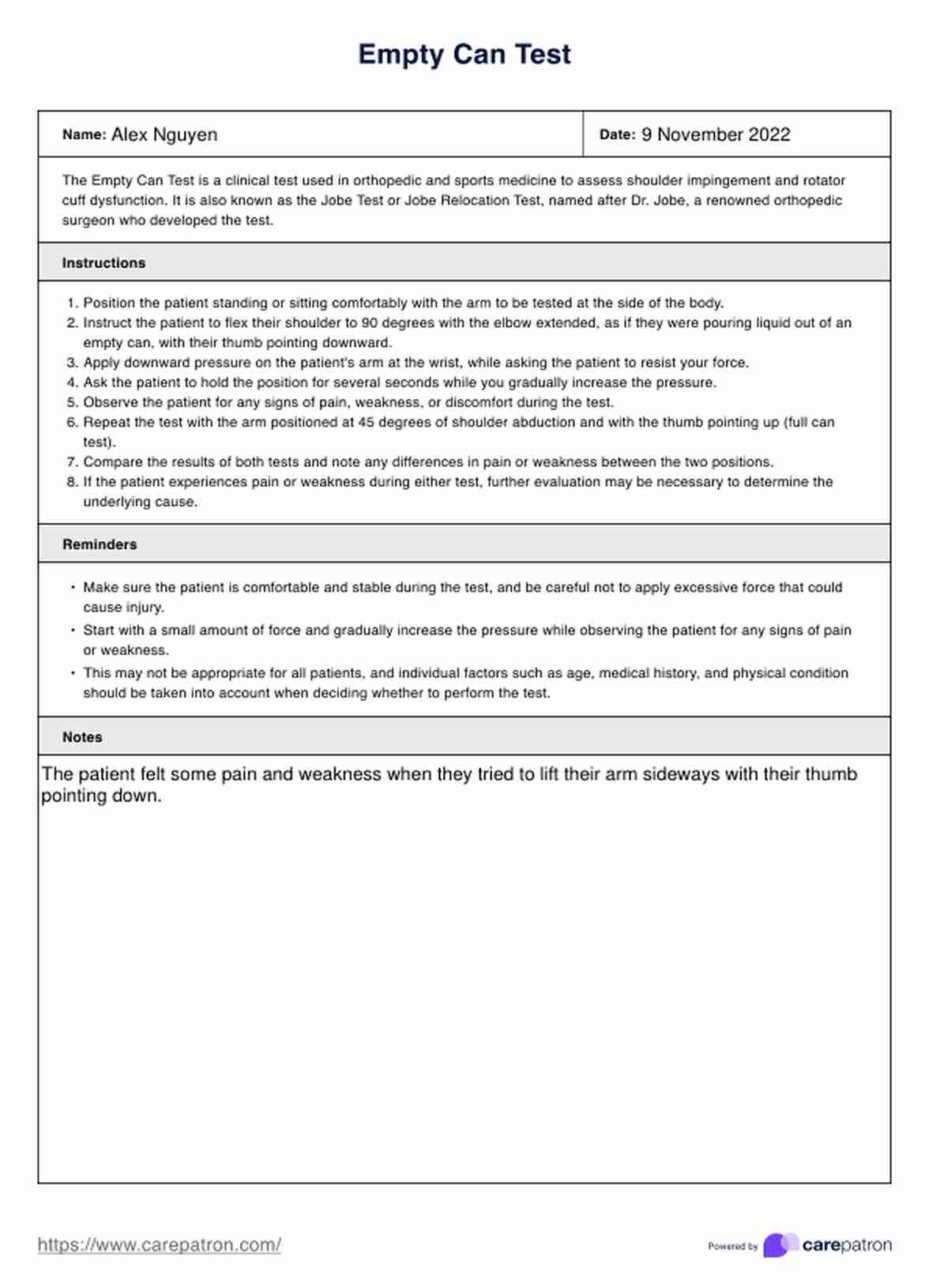

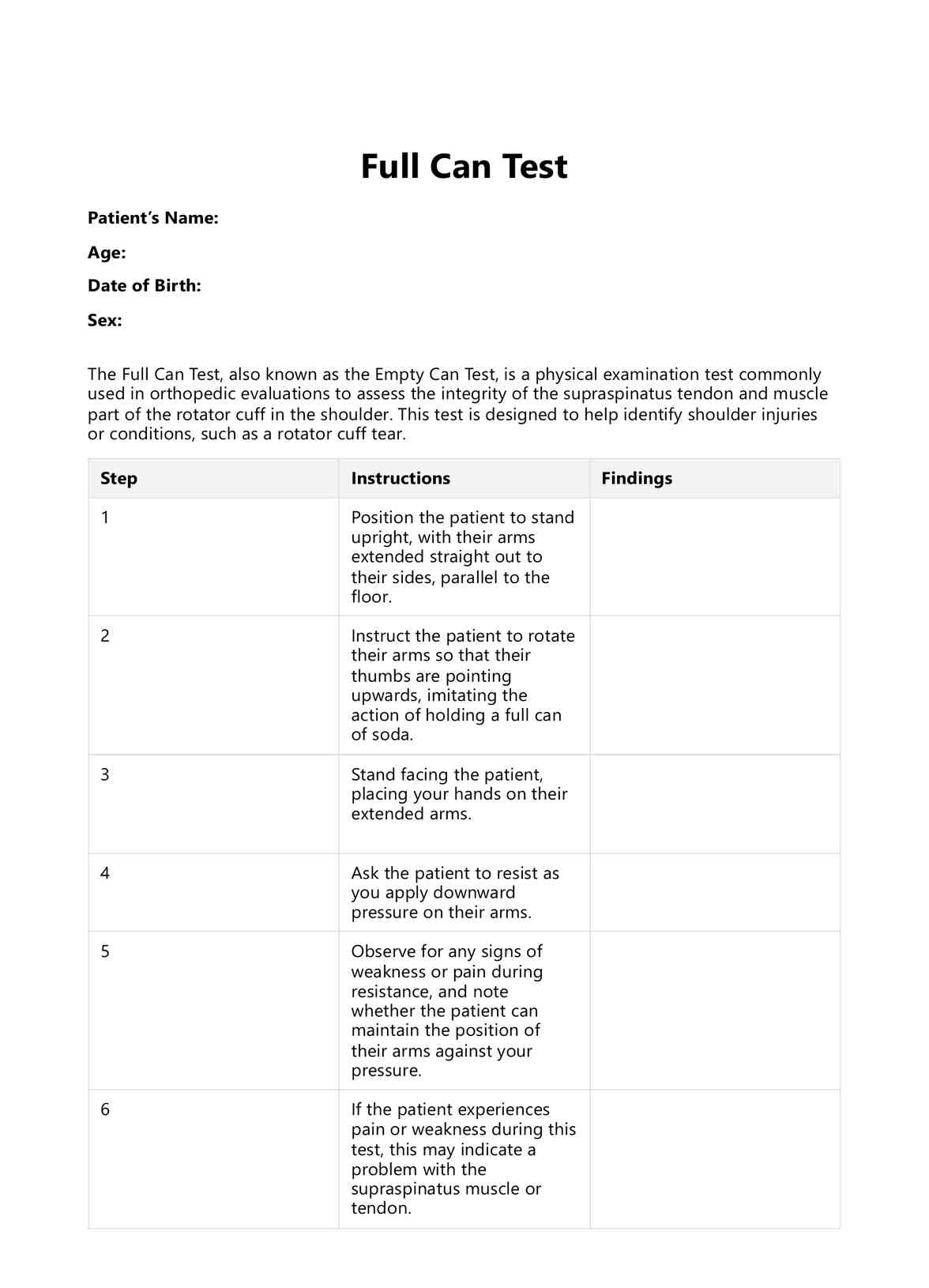













-template.jpg)






















































































